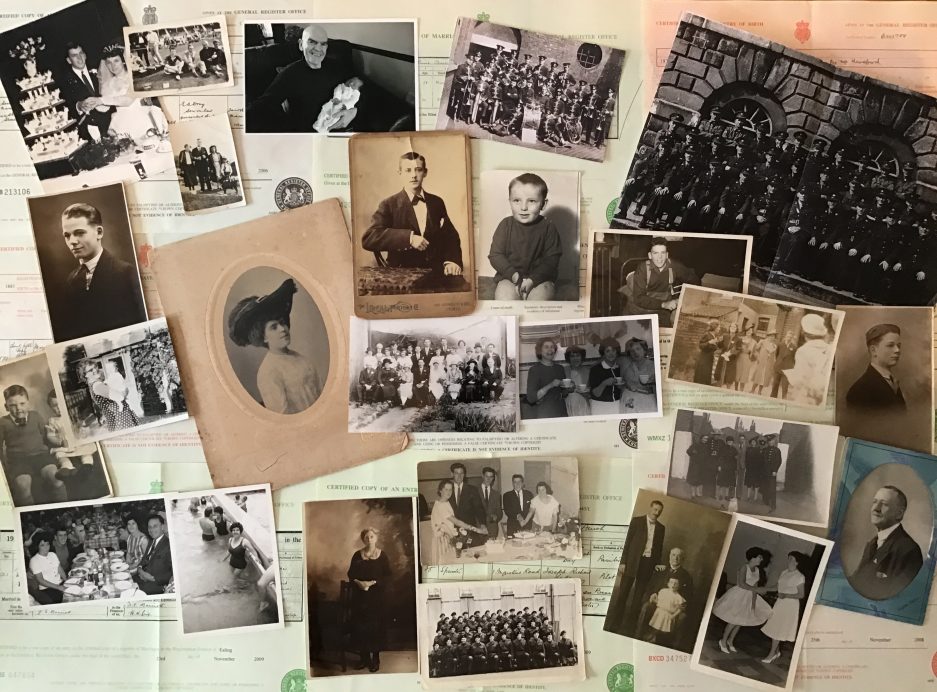Today I would like to introduce a guest blog from writer Cora L.
If you are someone who loves history, you are in for a treat. Would you like to take a trip to faraway islands? Set sail with us on the Atlantic Ocean and learn about the British Isles. If you want to check out the full story, keep on reading.

The Prehistoric Periods
- During the Palaeolithic period, The British Isles were inhabited by early hominids, specifically, the Homo heidelbergensis.
- By the Mesolithic period, Homo sapiens were the only species that survive in the British Isles.
- In the Neolithic and Bronze Ages or 4500 to 600 BC, the lifestyle in Britain and Ireland changed. From hunting and gathering lifestyles, the people have discovered agriculture and began farming.
- During the Iron Age or 1200 BC to 600 AD, iron was discovered, and people utilized metal for creating weapons, tools, and ornaments.
The Classical Period
- During 55 and 54 BC, Gaius Julius Caesar launched two invasions on the British Isles, but both failed to get the occupation of the island.
- In 43 AD, Southern Britain was declared as a part of the Roman Empire.
- Between 73 to 83 AD, Gnaeus Julius Agricola was able to expand their regime to North Wales, North Britain, and Scotland.
The Medieval Period
- In the early Medieval period, the British Isles were invaded by the Saxons, and the Anglo-Saxon kingdoms were formed. Throughout the wars in the British states, they were able to cover the current England territory.
- During the medieval period, the Anglo-Saxon states were Christianized.
- In 1066, William, Duke of Normandy, invaded England due to his belief that he was the rightful heir to the English throne.
- William declared himself to be King William the First and the appointed members of the Normandy elite as officers of his new kingdom.
The Early Modern Period
- During this critical period, many historical events happened like the First British Empire, the English Renaissance, the English & Scottish Reformation, the English Civil War, the Glorious Revolution, the Treaty of Union, and the Enlightenment.
The Union of Great Britain and Ireland
- For many reasons, it has been harder for Ireland and England to unite compared to how it was between Scotland and Wales.
- The English plantations were forcibly imposed on the Irish, which leaves feelings of resentment, grievance, and hardships.
- Religion remained as a divisive issue as Ireland is mainly Catholic, and England is mostly Protestants.
- In 1800, though there was a considerable number of members of the opposition, William Pitt, the Prime Minister at the time, pushed through a new Act Of Union.
- The Act of Union stated that from 1st of January 1801, the entire British Isles would be considered as a singular political entity, and will be known as the United Kingdom of Great Britain and Ireland.
- The goal of PM Pitt was to improve a lot of Catholics in Ireland, but Catholic emancipation is the most significant Irish issue of the 1820s, which culminated in the Emancipation Act of 1829.
- In the 1830s, the entire United Kingdom focused on political reform at Westminster concerning the situation with Ireland.
- In the 1840s, the United Kingdom faced economic problems, with the potato blight and famine causing an enormous emigration movement.
- In the 1850s, the focus increased on Ireland’s attempts to break their union from Great Britain.
- In 1858, a secret military organization called The Fenians was established.
- In 1870, the Home Rule Association was established by a member of the parliament who is an Irish.
- The Irish fight for freedom ended in the establishment of the Irish Free State in 1921. This covers 26 of the counties in Ireland.
A Brief Summary of The British Monarchy
- The Monarchy of the United Kingdom is defined as the constitutional monarchy of Great Britain, its dependencies, and its overseas territories. At present, the head of the state and the current monarch is Queen Elizabeth II, who has risen to the throne since 1952.
- The monarch, including their core family, is given the responsibility to handle various official, diplomatic, representational, and ceremonial roles.
- The monarch also has the power to bestow honors and appointing the country’s prime minister.
- The monarch is also considered as the Commander-in-Chief of the British Armed Forces.
The Brief Origins Of The British Monarchy
- The monarchy began from early medieval Scotland and Anglo-Saxon England during the 10th century.
- The monarchy process was completed in the 13th century when the Principality of Wales became a significant state of the English Kingdom.
- From 1649 to 1660, the Republican Commonwealth broke the tradition of monarchy.
- The Act of Settlement in 1701 excluded Roman Catholics and people who married them from being in succession to the English throne.
- In 1707, England and Scotland merged to create Great Britain.
- In 1801, the Kingdom of Ireland joined to create the United Kingdom of Ireland and Great Britain.
Final Thoughts
The history of the British Isles and their monarchy is so colorful that thousands of words will not be enough to tell the complete story. If you are enticed with the royal family’s beginnings, keep on reading articles, watching documentaries, and enjoy your learning journey.


Thanks, Paul. An excellent primer on British history, which I am now drawn to having started to research my parental side of my family tree.
Thank you again.
Best regards,
Charles
LikeLike
Thank you Charles, much appreciated, best of luck with your research
LikeLike